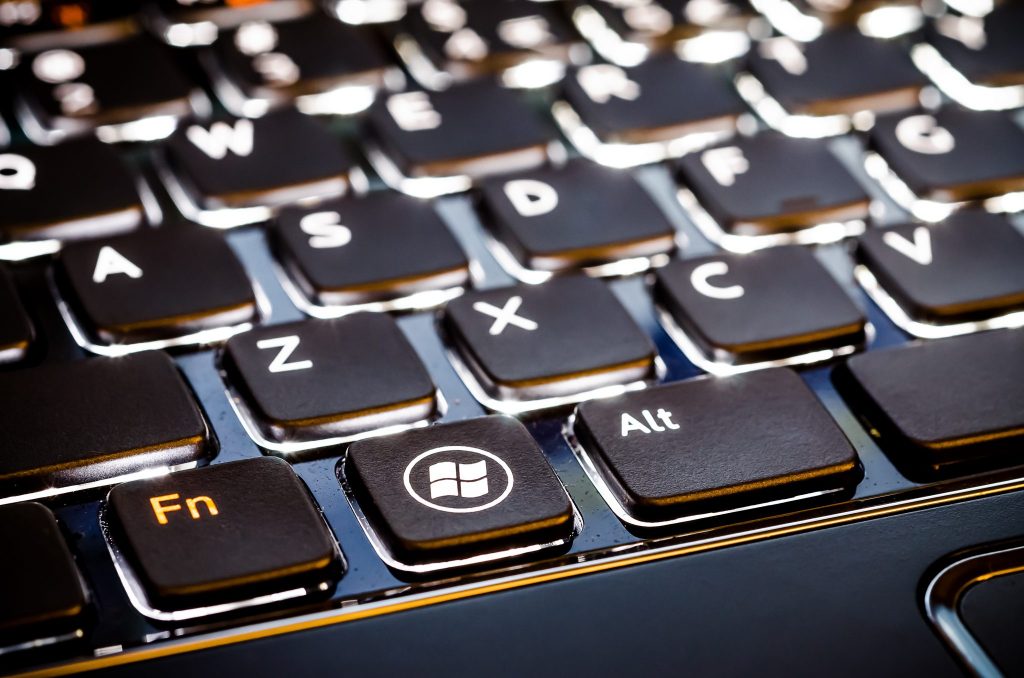Windows 2000 includes two repair choices Manual Repair
and Fast Repair. To use the Emergency Repair process:
- Boot from the W2K installation disks or install CD and you will get an
option to repair or install.
- Press R to signal you want to repair and existing W2K installation
- Press R again to use the Emergency Repair process. When you do this, you see
the two repair options:
- Manual Repair: To choose from a list of repair options, press M.
- Fast Repair: To perform all repair options, press F.
- Manual Repair: To choose from a list of repair options, press M.
these recovery options on a domain controller unless you have backed up the
Active directory database. Running either of these recovery options on a Windows
2000 Server domain controller, you can overwrite the Active directory database,
\WINNT\NTDS\ntds.dit. See my tip on ntds.dit for more
information on the Active directory data store. To restore Active Directory, you
must reboot the system in directory services restore mode, a form of safe mode
that ensures that the system is in the proper state to have its AD database
overwritten. The special recovery issues of the AD db do not apply to member
servers and workstations.
- Manual Repair
If you chose the manual Repair option, select the repair option by using the
arrow keys. Use Enter to select or clear each check box. The Manual Repair
option does not give you a choice to repair the Windows 2000 registry files. The
Manual Repair option provides the following choices:
- [X] Inspect startup environment
Checks the ARC path in the boot.ini file
for a path to the Windows 2000 boot partition and %SystemRoot% folder. If the
Boot.ini file is missing, a new one is created with a valid ARC path. If the
Boot.ini file is present, the ARC path is checked and updated if needed (it uses
setup.log created by the ERD to do this). Basically, this manual repair checks
the files used to boot ( boot.ini, ntldr, …)
- [X] Verify Windows 2000 system files
Verifies that each file in the
Windows 2000 system/boot partition is good and matches the files that were
originally installed. This includes the Ntldr, Ntdetect.com, Arcsetup.exe, and
Arcldr.exe files that are used for booting various computers. The optional
Ntbootdd.sys file is never checked. Repair performs this check by using the
Setup.log file to compare cyclical redundancy check (CRC) values for each file.
If files are missing or corrupted, you are prompted to replace or skip the file.
If you choose to replace the file, you need the Windows 2000 installation CD-ROM
or an OEM driver disk that contains the correct file(s).
- [X] Inspect Boot Sector
Checks the MBR and fixes any problems. It will
not remove MBR viruses.
Repairs the active system partition boot sector and
reinstalls the boot loader functionality. If the partition uses the FAT or FAT32
file system and contains a non-Windows 2000 boot sector, this repair option also
creates a new Bootsect.dos file to be used to dual-boot MS-DOS, Microsoft
Windows 95, or Microsoft Windows 98 if these operating systems were previously
available to be booted. If you also select the Inspect Startup Environment
option and a new Bootsect.dos file is created, Repair adds the following entry
to the Boot.ini file: C:\ = “Microsoft Windows”
- [X] Inspect startup environment
- Fast Repair
The Fast Repair option performs all the repairs available in the Manual
Repair option, but you are not prompted for choices. Additionally the Fast
Repair option tries to load each Windows 2000 registry file (SAM, SECURITY,
SYSTEM, and SOFTWARE). If a registry file is damaged or cannot be loaded, Repair
copies the missing or corrupted registry file from the %SystemRoot%\Repair
folder to the %SystemRoot%\System32\Config folder. This brings up another
gotcha!
Fast Repair repairs registry problems by using a
backup copy of the system registry that was created when Windows 2000 was
installed. Using this option may result in the loss of settings and preferences
created since that installation. If this occurs, you need to restore your last
system state backup or manually copy a more recent
version of the registry files from the %SystemRoot%\Repair\Regback folder to the
%SystemRoot%\System32\Config folder by using Recovery Console. The files that
are located in the Regback folder are from the last time you created an
Emergency Repair Disk and choose the option to also back up the registry files
to the repair folder.
Both the Manual Repair and Fast Repair options start by performing a
system/boot partition file system check. If file system problems are detected
and corrected during this portion of the Repair process, you may need to restart
your computer and start another Repair process before the actual repair
operations take place.
Neither of the repair options replaces the %SystemRoot%\System32\Config.nt or
Autoexec.nt files. Although these files are located on the Emergency Repair
Disk, they are not checked or replaced during any Repair operations.
